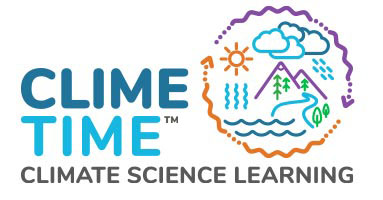Voices of Hope
Project GLAD unit
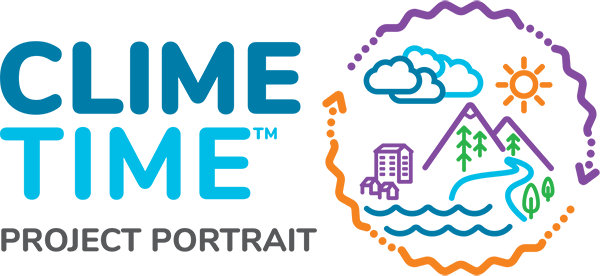
Overview
The Voices of Hope NTC Project GLAD®️ unit, developed by Kate Lindholm and Dr. Sara Martinez, provided equitable access to grade-level climate science learning through a model of instruction promoting multilingual development within core content. Voices of Hope is a social justice call to action, teaching students the science behind climate change. It equips all learners, especially English language learners, with the tools and sense of agency necessary to make a positive impact on our planet. This unit was written for 4th-7th grade and integrates multiple forms of learning, including video, technology resources, visual supports, and hands-on activities. Based in southern California, Project GLAD®—also known as Guided Language Acquisition Design—has been providing professional development for teachers to support English learners for 35 years.
What We Did
The authors created Voices of Hope in 2018-2019 through interweaving key climate science concepts and a clear focus on hope and action. Voices of Hope was first implemented at two full-length trainings in Warden and Snohomish. Project leaders then facilitated several three-day in-person training series for 4th-8th grade teachers and coaches statewide in 2019- 2020. Although the workshops were focused on English learners, the strategies and concepts were relevant for all students.
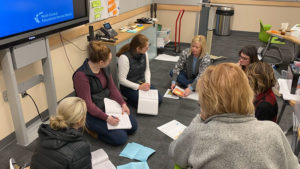 During the workshops, participants engaged in a variety of activities to deepen their understanding of foundational climate science concepts. For example, participants explored temperatures and reflective qualities of different surfaces using indoor and infrared thermometers. They used an experiment called “Up in Smoke,” lighting a match under a white plate, to demonstrate that burning objects leaves behind carbon particles. Buckets of ice and water were used to explore sea level rise and the difference between melting sea ice versus land ice. To support their implementation of the Voices of Hope unit, participants received a kit of materials to bring the science activities back to their classrooms.
During the workshops, participants engaged in a variety of activities to deepen their understanding of foundational climate science concepts. For example, participants explored temperatures and reflective qualities of different surfaces using indoor and infrared thermometers. They used an experiment called “Up in Smoke,” lighting a match under a white plate, to demonstrate that burning objects leaves behind carbon particles. Buckets of ice and water were used to explore sea level rise and the difference between melting sea ice versus land ice. To support their implementation of the Voices of Hope unit, participants received a kit of materials to bring the science activities back to their classrooms.
Participants learned about Project GLAD’s pedagogical strategies that enable equitable access to climate science learning, such as classroom design and management practices to scaffold student collaboration. “Pictorial input charts” were introduced as an interactive, visually supported way to gradually familiarize learners with climate vocabulary and concepts. Participants also practiced evaluating internet resources to assist students in designing strategies, supporting students’ engagement in action planning, and identifying individuals and organizations that are creating climate change solutions.
In response to the COVID-19 pandemic, the three-day workshop was transformed into a six-week virtual course for teachers using Google Classroom, Seesaw (a journaling app), and recorded videos for each strategy.
What We Learned
Feedback from participants was gathered through post-event practical measures surveys, evaluations through the state’s professional development management system, and exit tickets completed after the third session.
Overall, participants shared that they felt excited and confident about incorporating the Voices of Hope unit into their classrooms and schools. They described how the workshop increased their familiarity with factors, processes, and effects related to climate science. Participants shared that the complete resource kit—including a printed copy of the curriculum with color photos as well as materials for science activities—strengthened their likelihood of implementing the unit.
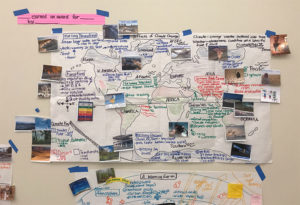 Many participants shared their enthusiasm for Project GLAD’s strategies for supporting multilingual learners. One stated, “I am excited to get students involved with current issues, practicing research strategies, and working together to come up with realistic solutions that they can do now!” They appreciated the opportunity to experience and practice the language acquisition strategies and deepened knowledge of how to integrate the approaches throughout science and other subjects. Modeling the use of large visualizations was especially critical for teacher learning and the ability to transfer these practices to their own classrooms. Teachers expressed their eagerness to engage in action-planning with students and the importance of centering hope and ongoing collaboration in this work:
Many participants shared their enthusiasm for Project GLAD’s strategies for supporting multilingual learners. One stated, “I am excited to get students involved with current issues, practicing research strategies, and working together to come up with realistic solutions that they can do now!” They appreciated the opportunity to experience and practice the language acquisition strategies and deepened knowledge of how to integrate the approaches throughout science and other subjects. Modeling the use of large visualizations was especially critical for teacher learning and the ability to transfer these practices to their own classrooms. Teachers expressed their eagerness to engage in action-planning with students and the importance of centering hope and ongoing collaboration in this work:
“The idea that a ripple effect WORKS! Every person, every training, we learn from each other. New solutions we can put in place individually. New resources that will help us encourage and teach students. Hope creates positive power!”
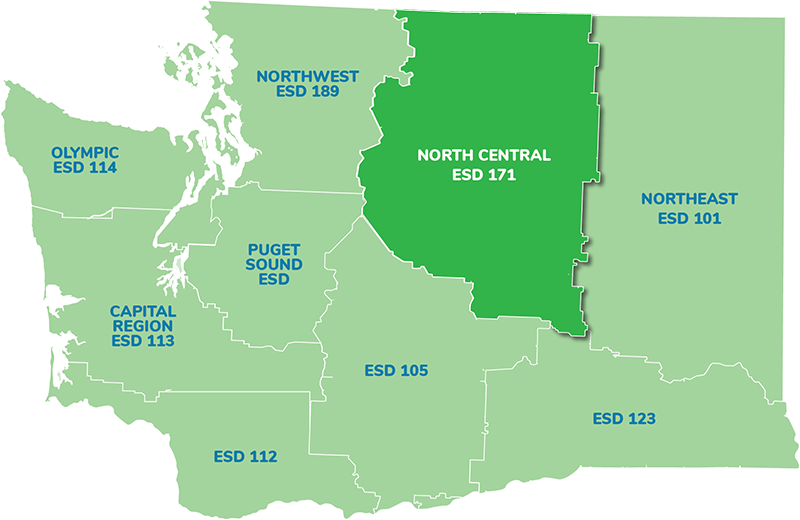
Project Reach
Teachers
Students
Project Partners
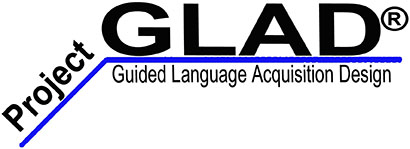

Feedback
I know all the content. But to be reminded of the power of GLAD has been so good, but more importantly the message of hope! I plan to shift so much of my messaging to stay focused on hope.
Wow, what an amazing workshop!! Loved all the GLAD strategies used and the voices of hope shared to teach about such a critical topic!
Contact
For more information contact:
Kate Lindholm, NCESD 171
509-771-1140
katel@ncesd.org
